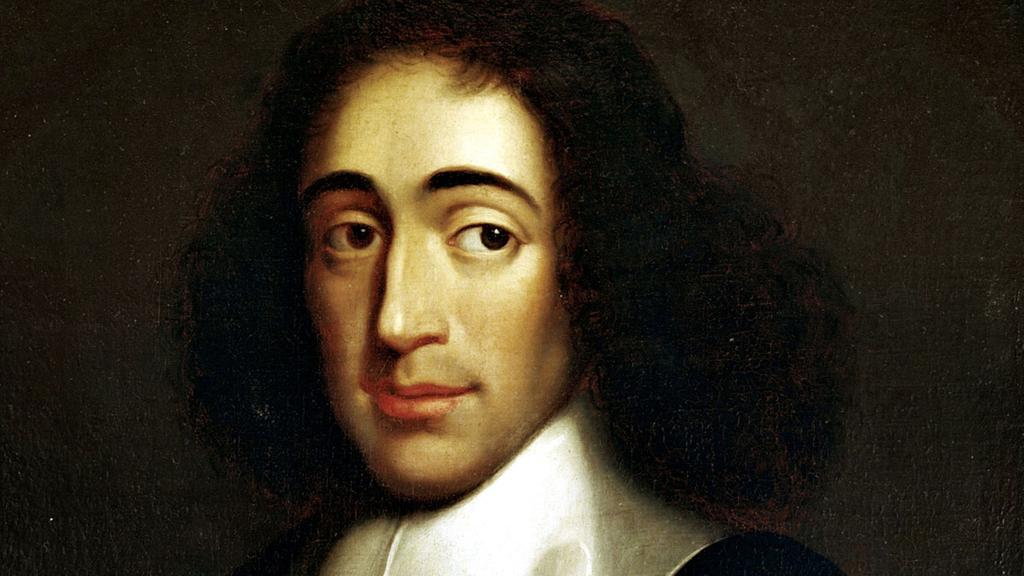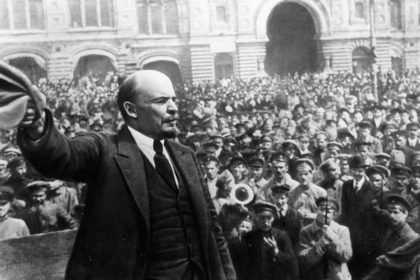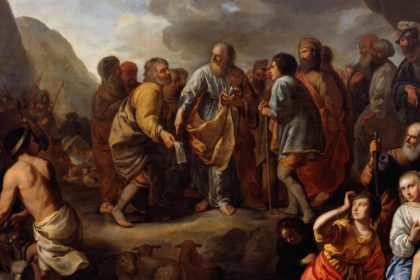Baruch Spinoza was a Jewish-Dutch philosopher of Portuguese Sephardi origin. By laying the groundwork for the 18th century Enlightenment and modern biblical criticism, including modern conceptions of the self and the universe, he came to be considered one of the great rationalists of 17th century philosophy. Take a look below for 30 more awesome and interesting facts about Baruch Spinoza.
1. Along with Rene Descartes, Spinoza was a leading philosophical figure of the Dutch Golden Age.
2. Spinoza’s given name, which means “Blessed,” varies among different languages.
3. Spinoza’s magnum opus, the “Ethics,” was published posthumously in 1677.
4. His work opposed Descartes’ philosophy on mind-body dualism, and earned Spinoza recognition as one of Western philosophy’s most important thinkers.
5. Spinoza was raised in a Portuguese Jewish community in Amsterdam.
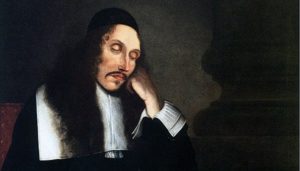
6. He developed highly controversial ideas regarding the authenticity of the Hebrew Bible and the nature of the Divine.
7. Jewish religious authorities issues a “herem” against him, causing him to be effectively shunned by Jewish society at the age of 23.
8. His books were later put on the Catholic Church’s “Index of Forbidden Books.”
9. Spinoza lived an outwardly simple life as a lens grinder, turning down rewards and honors throughout his life, including prestigious teaching positions.
10. He died at the age of 44 allegedly of lung illness, perhaps tuberculosis or silicosis exacerbated by the inhalation of fine glass dust while grinding optical lenses.
11. He is buried in the churchyard of the Christian Nieuwe Kerk in The Hague.
12. Spinoza was the second son born to the couple Miguel de Espinoza and Ana Dbora in Amsterdam.
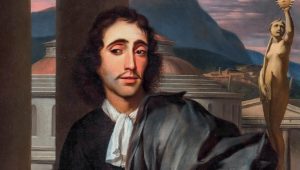
13. His father was a successful Portuguese Sephardic Jewish merchant.
14. His mother passed away when he was six years old.
15. Young Spinoza was proficient in many languages namely, Portuguese, Hebrew, Spanish, Dutch, French and Latin.
16. Raised in a traditional Jewish household, he attained his preliminary education from Keter Torah yeshiva.
17. Taught by both conventional and progressive-minded teachers, he achieved the best of both the line of thoughts.
18. He was a brilliant student, with the capabilities of becoming a rabbi. However, the ill-times and unfortunate death of his elder brother led him to give up education and instead get involved in the family business in 1650.
19. In 1653, he began studying Latin with Frances van den Ended. Frances was a free thinker, who introduced Spinoza to a new line of thought, opening up windows of scholastic and modern philosophy for him.
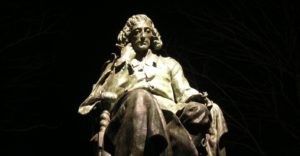
20. Upon the death of his father in 1654, he dedicated 11 months in reciting Kaddish, or the Jewish prayer of mourning.
21. He refused the inheritance and instead passed on everything to his sister, Rebekah.
22. For a short time, he ran the family importing business, which faced immense financial crisis during the First Anglo Dutch War.
23. In order to free himself from the creditors, he declared himself an orphan and was relinquished from the duties of the business.
24. He inherited his mother’s estate and switched to devoting himself completely to philosophy and optics.
25. He adopted the Latin name, Benedictus de Spinoza and started working as teacher. This was an important phase in his life as he was exposed to rationalism by the anti-clerical sect of Remonstrants.
26. Spinoza witnessed anti-Church groups who rebelled against the traditional dogmas.
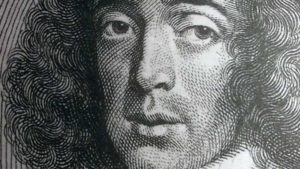
27. Exposure to a new line of thinking helped him form his own ideologies due to which he faced clashes with the authorities and those belonging to traditionalism.
28. He often raised a voice against the traditionalist due to which in 1656, he was banned by the Talmud Torah congregation for his radical theological views that he expressed in public and the danger of persecution or expulsion that the Amsterdam Jewish community faced due to their association with him.
29. He eventually stopped attending the synagogue and subsequently, vocally expressed his feelings of resentment and antagonism towards Judaism.
30. Post the ban and his expulsion from Amsterdam, he stayed in the village in Ouderkerk aan de Amstel briefly, returning shortly afterwards to Amsterdam.

